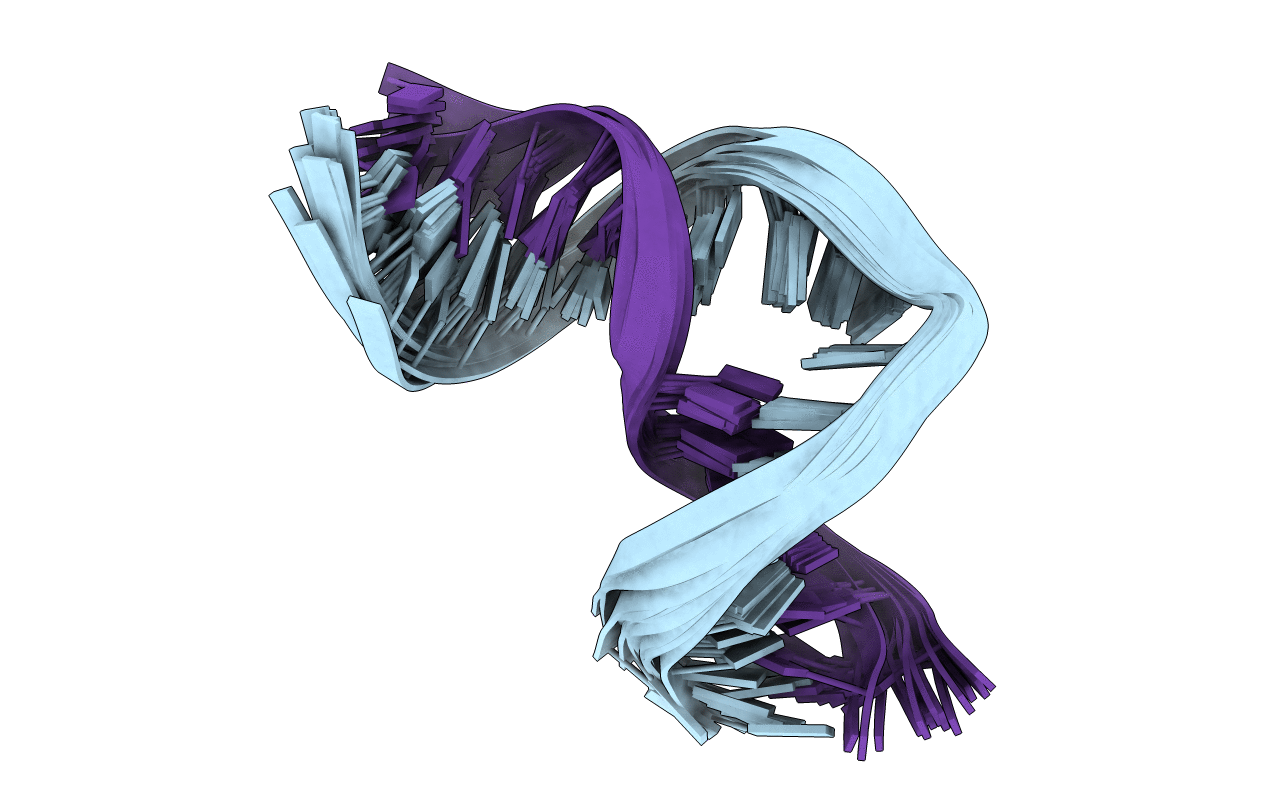
Deposition Date
1999-06-22
Release Date
1999-11-05
Last Version Date
2024-05-22
Entry Detail
PDB ID:
1QSK
Keywords:
Title:
NMR-DERIVED SOLUTION STRUCTURE OF A FIVE-ADENINE BULGE LOOP WITHIN A DNA DUPLEX
Biological Source:
Source Organism:
Method Details:
Experimental Method:
Conformers Calculated:
600
Conformers Submitted:
15
Selection Criteria:
target function


